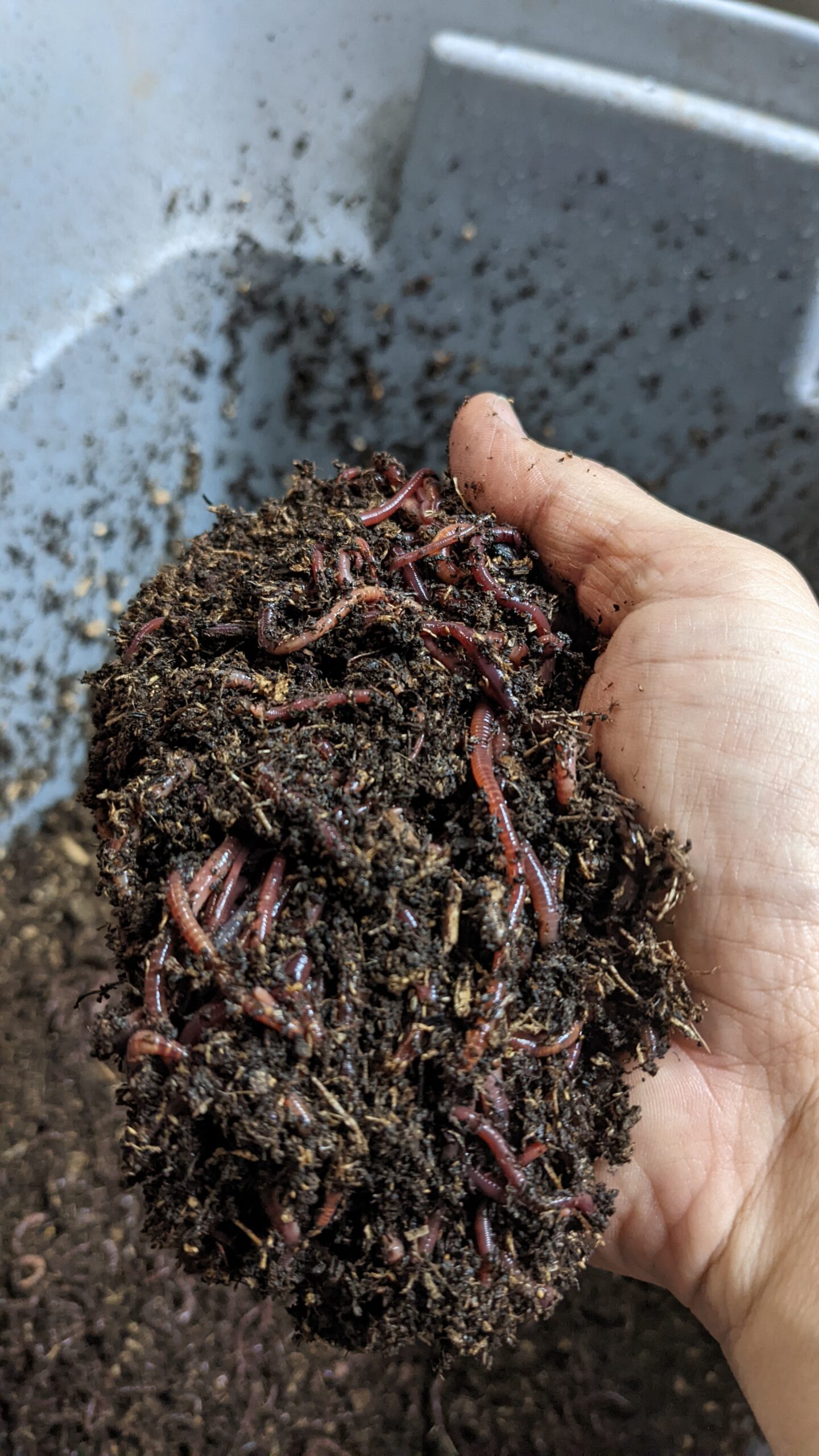The Ultimate Guide To Red Wiggler Express
Table of ContentsThe smart Trick of Red Wiggler Express That Nobody is Talking AboutExamine This Report on Red Wiggler ExpressThe 6-Minute Rule for Red Wiggler ExpressThe Buzz on Red Wiggler Express
With the worldwide press for sustainability and with environmentally friendly practices expanding in appeal, people are ultimately coming around and acknowledging the ecological advantages of red wiggler worms and composting. In this short article, we'll talk about how vermicomposting supports sustainable gardening and the ecological advantages of red wigglers and other earthworms.
This is the short of it. If you intend to check out thorough concerning red wiggles, we have a whole post devoted to them below. Currently, let's enter the nitty-gritty of how these worms sustain lasting horticulture practices and benefit the atmosphere: Worm composting is like a day spa day for your soil.
When included right into your garden dirt, these spreadings enhance its framework, aeration, and water retention. This aids with plant development and wellness and does not need using any kind of chemicals. Did you understand that natural waste composes a substantial portion of garbage dump product? And decomposing organic waste in landfills develops large quantities of garbage dump gas (LFG), which is consisted of around 50% CO2 and 50% methane a greenhouse gas about 28 more effective than CO2.
By diverting your kitchen area scraps and backyard waste into a worm composting bin, you're effectively lowering the quantity of organic waste that finishes up in landfills. Fail to remember concerning chemical fertilizers worm castings are the genuine bargain.
The Buzz on Red Wiggler Express

Mix the nutrient-rich worm spreadings into your yard dirt or use them as a leading dressing for potted plants. In a globe where sustainability is coming to be progressively critical, red wigglers radiate as unsung heroes of horticulture.
Composting might look like old information, however doing it with a container full of worms possibly does not. Red wiggler worms supply great advantages to the natural gardener, producing both a natural plant food and an effective pesticide. And they consume your kitchen scraps. The worth of red wigglers, a.k (Red Wiggler Express).a. Eisenia fetida, hinges on their waste matter, referred to as worm castings.
Worm spreadings may be purchased at stores such as SBS in Winery Place or Winery Gardens in West Tisbury, yet to raise the worms in a compost bed and harvest your own castings is much more fun. The job of these worms is an aspect of sustainable living. Red wigglers are indigenous to equine manure, where they tunnel to lay eggs.
What Does Red Wiggler Express Do?
(https://list.ly/rwigglerexnc/lists)They can't make a great deal of it." He covers the container with straw, then a piece of old carpet. "They like the warmth," he says. Lynn clarifies the production of castings and 2 uses: as a fertilizer and as a pesticide. "They digest decomposing matter. It travels through them and adds calcium to make this abundant earth," she states.
"I did it to see if it would certainly make a difference on white flies and aphids. The red wiggler is a prodigious dog breeder, laying eggs as often as once a week - Red Wiggler Express.
It takes 3 to five months for an infant worm to reach sexual maturity and the grown-up length of three inches. Their life period is four to five years unless obviously they are utilized for lure. As freshwater fish bait, wigglers agonize on the hook and make it through undersea longer than conventional earthworms.

Some Of Red Wiggler Express

Numerous years ago the Stelle family moved right into an Edgartown fixer-upper ranch. "I intended to get involved in farming with points that really did not require to be often tended to everyday like a cow. We were presented to worm farming and started with 50,000 worms. That appears like a great deal, but they're really tiny." She at first acquired her worms online from a worm ranch in Vermont.
As one of the Epigeic course of garden compost worms, the normally does not appear in soils. The worm is red or reddish-brown in shade and has a smooth, round form.
A red wiggler worm can expand up to 4 inches in length but is normally only concerning two and a fifty percent inches. The worm has a little mouth located at the front of its head. It also has tiny bristles, called setae, which help the worm step and support itself to surface areas.
